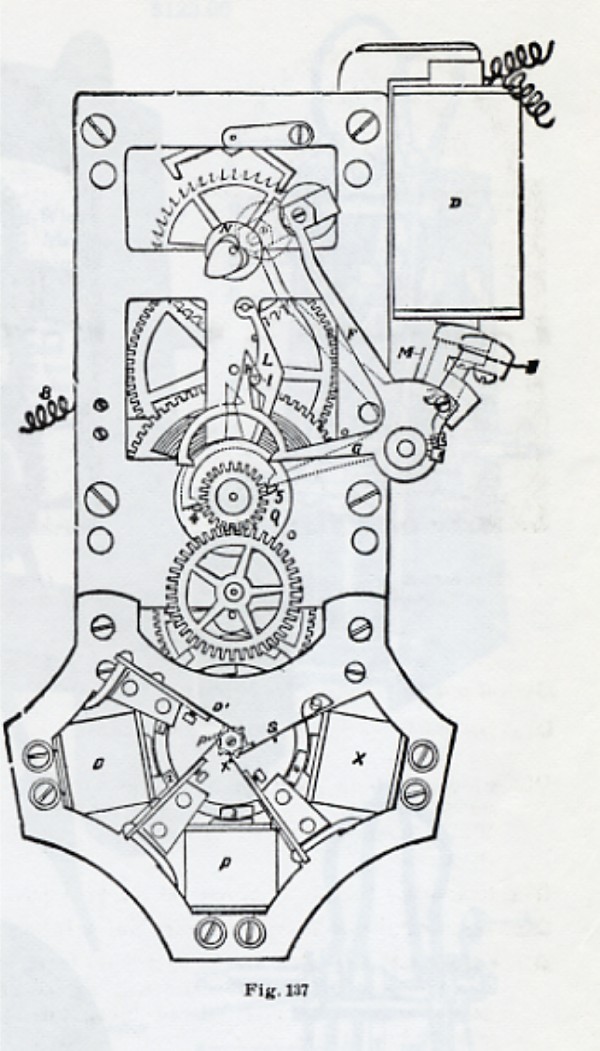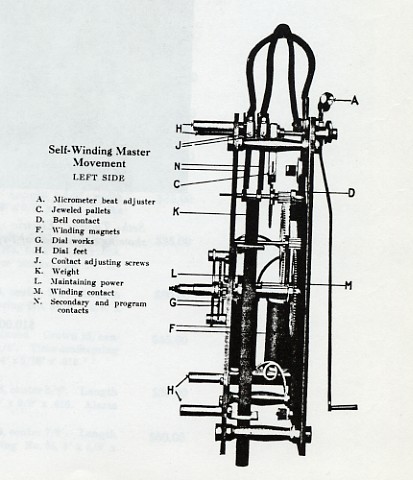
| WWT Shows | CLICK TO: Join and Support Internet Horology Club 185™ | IHC185™ Forums |

|
• Check Out Our... • • TWO Book Offer! • |
Welcome Aboard IHC185™  Internet Horology Club 185
Internet Horology Club 185  IHC185™ Discussion Site Main Page
IHC185™ Discussion Site Main Page  Technical, Shop Talk and Internet Links
Technical, Shop Talk and Internet Links  Clock Repair Questions and Answers
Clock Repair Questions and Answers  Need LOTS of help!!!!!
Need LOTS of help!!!!!
 Internet Horology Club 185
Internet Horology Club 185  IHC185™ Discussion Site Main Page
IHC185™ Discussion Site Main Page  Technical, Shop Talk and Internet Links
Technical, Shop Talk and Internet Links  Clock Repair Questions and Answers
Clock Repair Questions and Answers  Need LOTS of help!!!!!
Need LOTS of help!!!!!Go  | New Topic  | Find-Or-Search  | Notify  | Tools  | Reply to Post  |  |
| Watch Repair Expert |
OK, here's the deal: What I know about clocks, I could write on a postage stamp, and still have some room left for a shopping list. One of my fellow Chapter #62 members, however, works on clocks for a living (he's a retired member of the "Rolling Razorbacks" wheelchair basketball team), and I'm trying to help him with an International Rate Recorder electromechanical master clock movement. I have no idea what model the clock in question is, but it's a big oak-cased wall hanging regulator, which is designed to power a series of slave dials. Unlike many similar models that are driven by weights, this particular model is powered by a small helical spring, which is wound periodically (every few minutes) by a pair of electromagnetic coils, which operate a ratchet system. Now, a few years ago (in 1999), this exact SAME clock was in the shop of another old friend of mine, and I had to help him fix it as well. Unfortunately, that's been several years ago, and now I can't remember exactly how it worked. I recall thinking at the time that it was "neat" after I figured it all out and set it up, but this time, I'm fairly certain that something is missing. I spent about 4 hours last Saturday working on it, and I corrected a bunch of problems, but I never figured out what's supposed to make the coils turn on and off at the appropriate times. If anyone has any experience with a clock of this type, I'd sure like to correspond with them about it! A diagram, or a picture of the contact point system on a working example would be GREAT, but perhaps just some written correspondence might work as well. The way things are looking, my friend has spent nearly a week working on it, and if he isn't able to fix it, he's not going to be able to charge the customer anything, and he's going to lose almost a whole week's work. (I told him we watch and clockmakers need a better union! If we were like doctors and lawyers, we could still get paid even if we didn't do the customers any good, but that's never been the way the watch and clock repair business has operated!) Any assistance will be greatly appreciated!!! ================== Steve Maddox Past President, NAWCC Chapter #62 North Little Rock, Arkansas IHC Charter Member 49 | ||
|
Steve...I know this sounds really elementary and I'm sure you've already investigated, but is there no way of tracing the coil mechanism wiring back to any kind of activation switch? It must have some fairly simple trigger or switch device. [This message was edited by Bill Cobb on November 19, 2003 at 5:42.] | ||||
|
| Watch Repair Expert |
Bill, One side of the coil system is obviously grounded to one side of a voltage source, while the other side goes to an insulated contact point on the end of a long slender reed spring. The contact on the end of the reed spring can be made to contact an insulated point that's connected to the other side of the voltage, and when that happens, needless to say, it completes the circuit, and energizes the coils. When the coils have energized and sufficiently pulled down their solenoid, the circuit is temporarily broken, and a spring returns the solenoid toward its resting position, where the contacts points once again make connection, and whole the cycle repeats. That allows the solenoid system to "flutter" in order to wind the ratchet mechanism. The problem is that something appears to be missing from part of the contact spring, and I presume that must be what allowed it to initiate contact with the voltage point, and what caused the circuit to be broken when winding was accomplished. Unfortunately, at this point (some 4 years later), I can't recall exactly what it is that's now missing, and I could really use some help. Thanks anyway for the attempt! ======================== SM | |||
|
Steve, Here are some photos from the Seth Thomas book by Tran. I have emailed you with the full text of the page describing its operation. There may be a clue there for you. The following pictures are from Tran's book. Tom Seymour NAWCC# 41293 IHC Executive V.P.  | ||||
|
Other illustrations from the book. Tom Seymour NAWCC# 41293 IHC Executive V.P.  | ||||
|
One more picture. Tom Seymour NAWCC# 41293 IHC Executive V.P.  | ||||
|
Steve, Here are a couple more drawings. These are from Bulletin Whole No. 198, pg. 77 There is another promising lead: Whole No. 159, pg. 215, and article entitled Self Winding Clock Co., Explanation of Mechanism. There are many references in the Bulletin index, but many are just questions and short answers. You may want to check those out. Tom Tom Seymour NAWCC# 41293 IHC Executive V.P.  | ||||
|
picture 2 Tom Seymour NAWCC# 41293 IHC Executive V.P.  | ||||
|
| Watch Repair Expert |
Hi Tom, First, I want to thank you for all your efforts to provide assistance! Unfortunately, none of them have yet resulted in information about the particular type of movement in the clock that's giving trouble. I have "Bulletin" number 159, but the pages in it begin with 433, and end with 648. The clock related articles in it include: "An Eli Terry Regulator," "An Explanation of Pneumatic Clock Operation," and "Hooked on Clock Collecting, With Special Emphasis on Production-model Banjos." Since I have a complete set of "Bulletins," I often use those for research purposes, but since my friend had the clock in question apart before I saw it this time, I never actually saw the dial to see how it was marked. That being the case, I looked up "International Rate Recorder...." in my index, and never thought about looking under "Self-Winding Clock Co." I'll do that shortly, and see if the results are any better. If not, I may attempt to draw a rudimentary sketch (from memory) of the movement in question, and see if anyone will happen to recognize it. Again, I do sincerely appreciate all your time and effort! ================== SM *UPDATE* I have just reviewed ALL the "Self-Winding Clock Co...." topics noted in the "Bulletin" Index, and none of them show illustrations or helpful information of any sort relating to the particular clock in question. At the moment, I don't have time to draw a sketch, but I'll try to do that as soon as possible. ========== [This message was edited by Steve Maddox on November 20, 2003 at 15:30.] | |||
|
Chapter 124 out of Dallas just had a 4 day course on Self Winding Clocks Maybe someone from there could help. Pete | ||||
|
| Watch Repair Expert |
Thanks Pete! By odd coincidence, Steve Cunningham, an occasional participant here, recommended a fellow from that very chapter, and I forwarded that info to the fellow who's working on the clock. I have no idea if the two of them have gotten together yet, but I feel as though I've done about all I can. From what I've been able to gather, the particular self-winding movement in question isn't a very common model, but I'm sure it isn't unique. In any event, thanks agian! ================== SM Steve Maddox Past President, NAWCC Chapter #62 North Little Rock, Arkansas IHC Charter Member 49 | |||
|
| Powered by Social Strata |
| Your request is being processed... |
|
©2002-2025 Internet Horology Club 185™ - Lindell V. Riddle President - All Rights Reserved Worldwide

